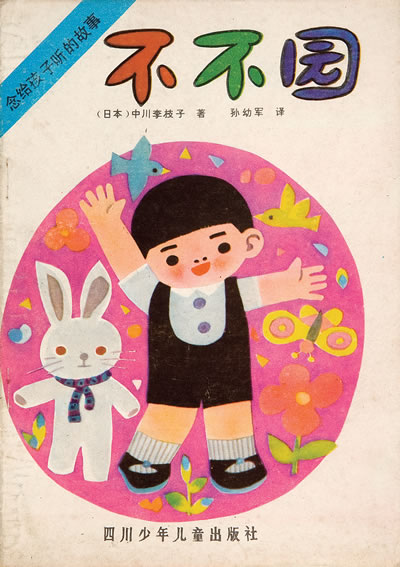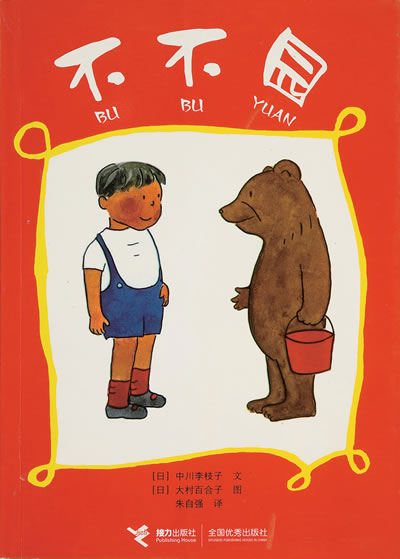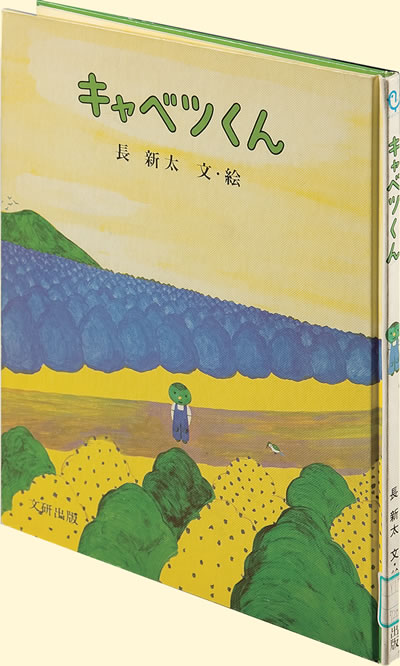Part 1 : Tower of Publication
< Chapter 2 > Countries and Regions with Many Translations of Japanese Children's Books
3rd place China
 In China, many Japanese children's books were translated in the 1950s, but from the 1960s to the 1970s, the Cultural Revolution caused their publication to stop. In the 1980s, the works of many Japanese children's literature authors came to be translated again in the country. Western literary works were also introduced by re-translating the Japanese translation of the original into the Chinese language.
In China, many Japanese children's books were translated in the 1950s, but from the 1960s to the 1970s, the Cultural Revolution caused their publication to stop. In the 1980s, the works of many Japanese children's literature authors came to be translated again in the country. Western literary works were also introduced by re-translating the Japanese translation of the original into the Chinese language.
Japanese children's books translated in China until the 1980 often had different illustrations from the original Japanese works, because paperbacks were more common there (Nos. 53 and 55). After the mid-1990s, however, casebound books with original illustrations for children went mainstream (Nos. 54 and 56). This change can be attributed mainly to four factors: China's economic growth, the presence of children cherished under the nation's policy of one child per family, the influence of returnees from abroad, and the introduction of self-support accounting systems to publishers. In 1992, China signed the Berne Convention for the Protection of Literacy and Artistic Works and the Universal Copyright Convention.
Until the early 2000s, there was no concept of a picture book in China. From around 2005, foreign countries' picture books started to be translated for publication in China, and the past several years have seen a boom in picture books. In addition to Japanese children's literature, many picture books, including “Kyabetsu-kun (No.58) have recently been introduced to China from Japan.






For copyright reasons, images of some books are not available in this electronic exhibition.
- TOP
- Part 1 Tower of Publication
- Countries and Regions with Many Translations of Japanese Children's Books (3rd place China)

